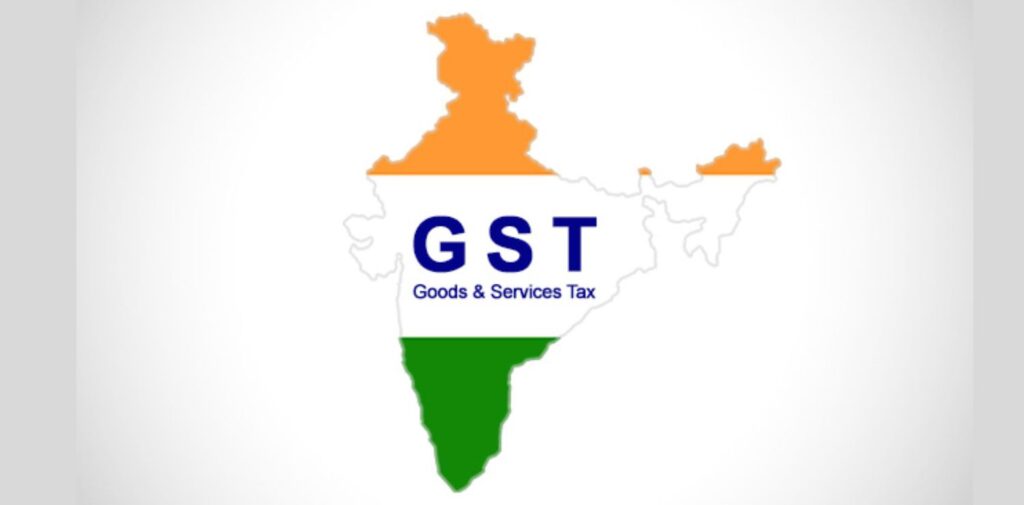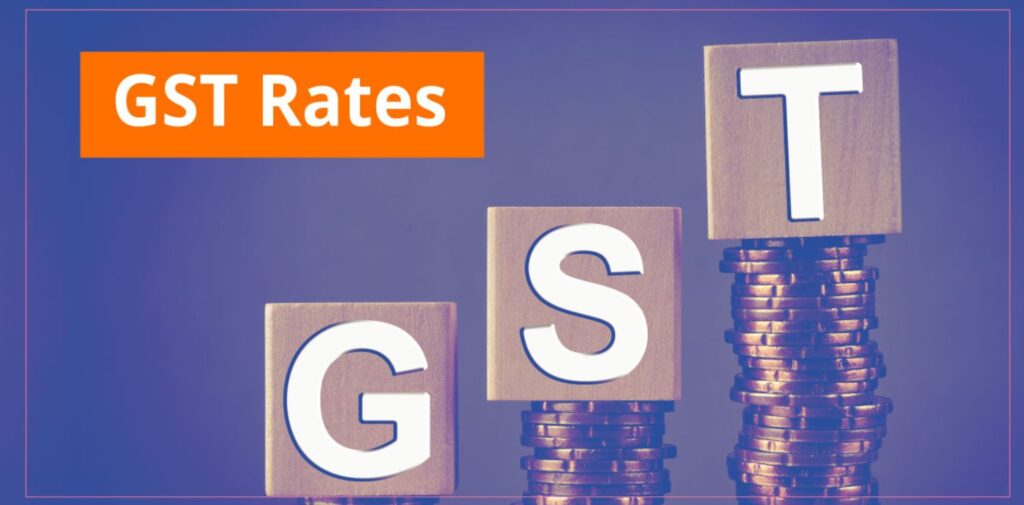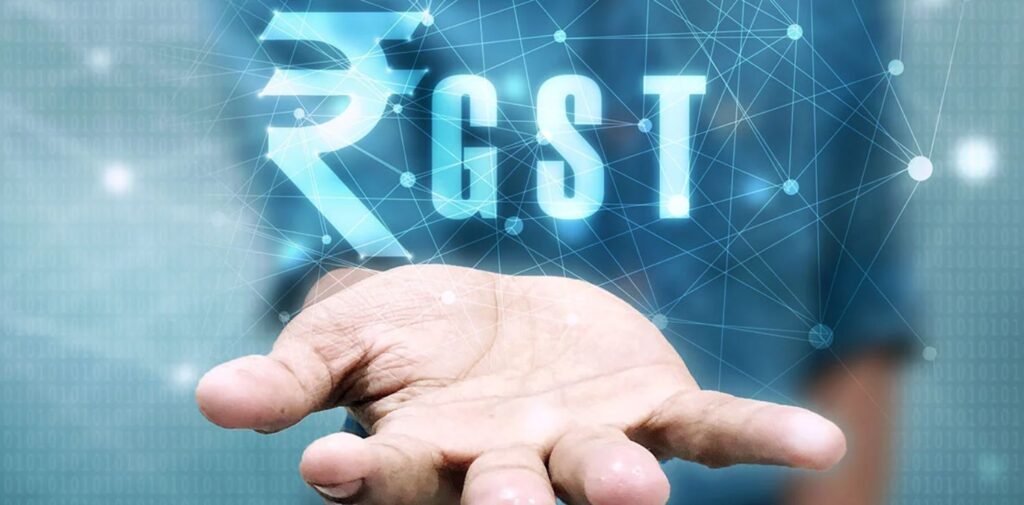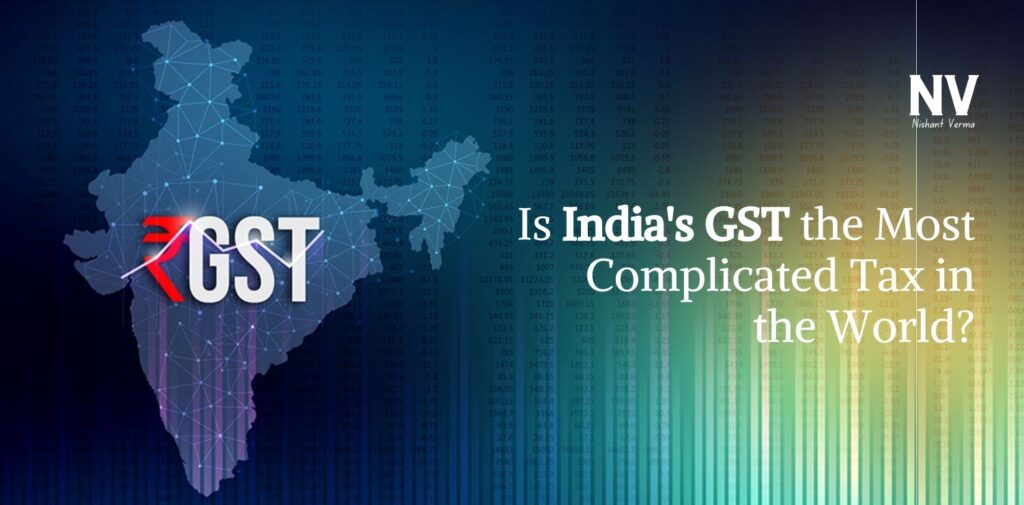A Look at the Highs and Lows of India’s Tax System
India’s GST has been a subject of discussion, debate, and confusion since its implementation in 2017. The reform, hailed as one of the biggest tax reforms in the country, aimed to streamline multiple indirect taxes under one umbrella, ensuring that both goods and services were taxed uniformly across the country. However, while the objectives were clear, the implementation led to widespread confusion, especially when it came to tax slabs and classifications. For many, the complexity of India’s GST structure raises the question: Is India’s GST the most complicated tax in the world?
A Brief Overview of GST in India
GST was introduced as a way to replace a multitude of indirect taxes like VAT, service tax, and excise duty, making it easier for businesses to pay taxes and for the government to collect them. The idea was to have a ‘one nation, one tax’ system. However, instead of a single slab, India adopted a multi-slab structure, with rates of 0%, 5%, 12%, 18%, and 28%. Each product or service falls under one of these categories based on its nature, demand, and essentiality. While the multi-tier system was intended to accommodate different economic realities, it has led to considerable confusion and criticism.

Examples of Confusing Taxation
Let’s take a closer look at some everyday examples that highlight the complexity of India’s GST:
- Pizza Dilemma: If you order a pizza to be delivered to your home, you pay 8% GST. However, if you dine in at a restaurant and eat the same pizza, the GST is only 5%. This disparity in taxation, based on the place of consumption, baffles many and raises questions about the rationale behind such differentiation.
- Papad vs Fryums: Papad, a traditional Indian food item, is exempt from GST, while Fryums, a similarly popular snack, is taxed at 18%. The difference lies in the classification of these items, but for the average consumer, both are essentially snacks. The logic behind taxing one but not the other remains unclear.
- Samosa Confusion: A similar confusion arises when it comes to buying a samosa. If you buy a samosa from a shop and take it home, the tax is 1%. However, if you choose to eat it in the shop, you are charged 5% GST. Again, the place of consumption makes a significant difference in the tax rate.
These examples show how the same product can be taxed differently depending on where or how it is consumed, leading to significant confusion among consumers and business owners alike.
High and Low Tax Rates: A Disparity in Classification
One of the primary criticisms of India’s GST system is the lack of consistency in tax rates for similar products. Essential items like milk, fresh vegetables, and unbranded food grains are exempt from GST, while luxury goods like cars, air conditioners, and cigarettes attract the highest GST rate of 28%. While this makes sense from an economic standpoint—higher taxes on luxury goods and no taxes on essentials—the disparity between products that are similar in nature but taxed differently is concerning.
For example:
- Health Insurance vs Life Insurance: Health insurance is taxed at a high rate of 18%, making it a luxury for many Indians, despite healthcare being a basic necessity. On the other hand, life insurance is taxed at a much lower rate, despite the importance of health coverage in today’s world.
- Mineral Water vs Basic Needs: Bottled mineral water, which is considered a necessity by many, is taxed at 18%. Comparatively, packaged drinking water without added minerals is taxed at 12%, leading to confusion about the rationale behind such distinctions.

GST’s Impact on Businesses and Consumers
India’s GST system has added layers of complexity for businesses, especially small and medium-sized enterprises (SMEs). Initially, the goal was to simplify compliance and reduce the tax burden on these businesses. However, many business owners find themselves caught in a web of multiple returns, confusing classifications, and frequent rate changes. For instance, a small restaurant that serves samosas has to decide which GST rate applies based on whether customers eat inside the shop or take their food home.
The multiple tax slabs have also led to disputes between businesses and tax authorities. A famous case involved a dispute over whether Parle’s “Parle-G Gold” biscuits were a luxury good, which attracted a higher tax rate, or an essential food item, which would be taxed at a lower rate. Such disputes add to the legal and financial burden on companies.
For consumers, the multi-slab system has made it difficult to understand the true cost of goods and services. The idea behind GST was to make tax transparent, but the varying rates often lead to confusion. For instance, a person ordering food online might be puzzled about why they’re paying a higher tax on delivery than dining in at the restaurant.
Global Comparison: Is India the Most Complicated?
Globally, GST or Value-Added Tax (VAT) systems exist in many countries, including Australia, Canada, and the European Union. However, these systems tend to be simpler. For instance, Australia has a flat GST rate of 10%, and most goods and services fall under this category, with very few exceptions. Similarly, Canada has a Goods and Services Tax rate of 5%, with provinces adding their own taxes, but the system is relatively simple compared to India’s multi-slab approach.
In contrast, India’s GST structure, with its five tax slabs, frequent changes, and complex product classifications, is considered one of the most complicated in the world. The GST Council, which oversees the implementation of GST, has been continuously revising rates and classifications to simplify the process, but businesses and consumers still face challenges.

Simplifying GST: The Way Forward
Despite the complications, GST has brought some benefits to the Indian economy. It has helped reduce the cascading effect of taxes, where the same product was taxed multiple times at different stages of production. It has also improved transparency in tax collection and compliance. However, there is still much to be done in terms of simplifying the system.
To address the concerns, experts suggest a reduction in the number of tax slabs, with a possible merger of the 12% and 18% categories into one. This would simplify compliance for businesses and reduce confusion for consumers. Additionally, clearer guidelines on product classification would help avoid disputes and reduce the tax burden on essential items like health insurance and education.
Conclusion: Complexity in Need of Reform
India’s GST system, while a significant reform in the country’s taxation history, has become overly complicated with its multi-slab structure and inconsistent classifications. The examples of pizza, papad, samosas, and Fryums showcase how even everyday items are taxed differently based on minor factors. While the system has brought some benefits to the economy, the complexity has burdened both businesses and consumers.
As India continues to grow economically, simplifying the GST structure and making it more user-friendly will be crucial for ensuring long-term success. The government must focus on reducing the number of tax slabs, providing clearer guidelines for product classification, and ensuring that essential goods and services are not overtaxed. Only then can India’s GST system evolve into the streamlined, efficient system it was intended to be.




